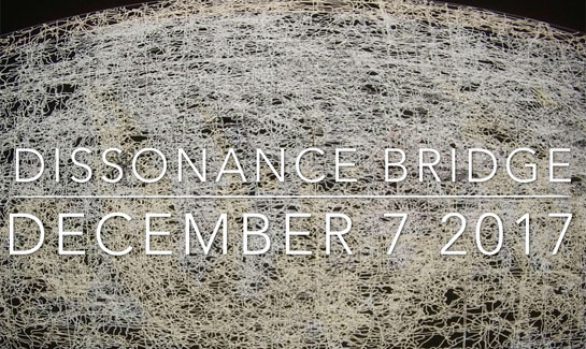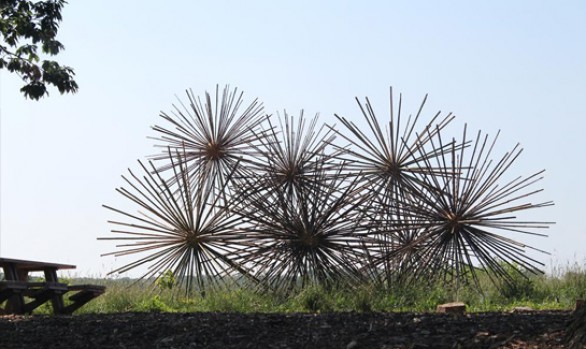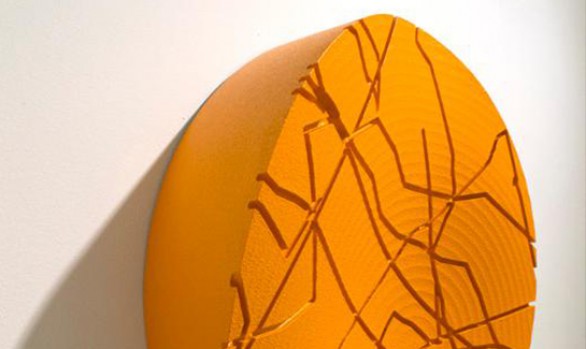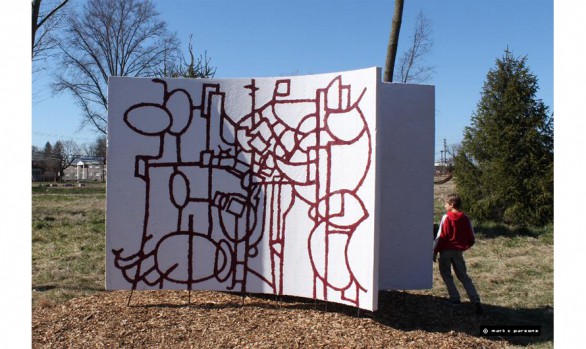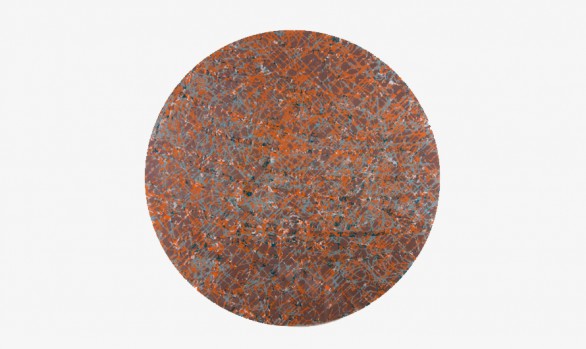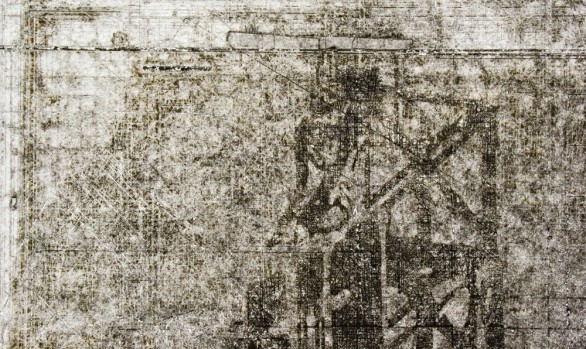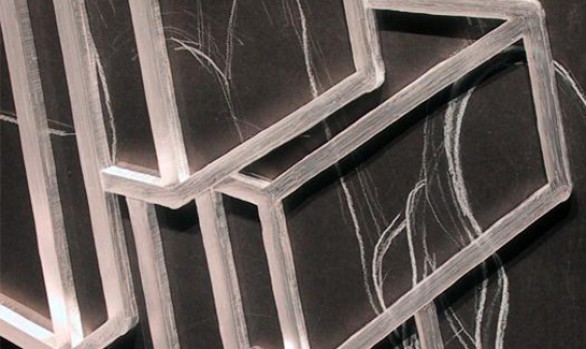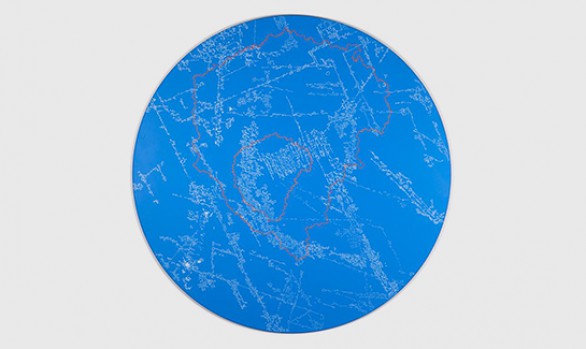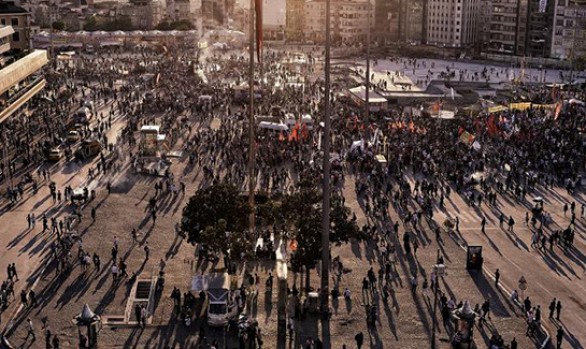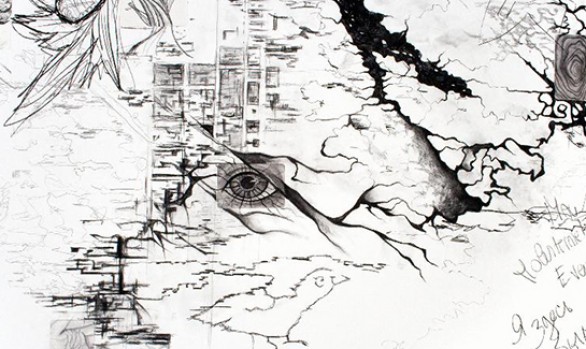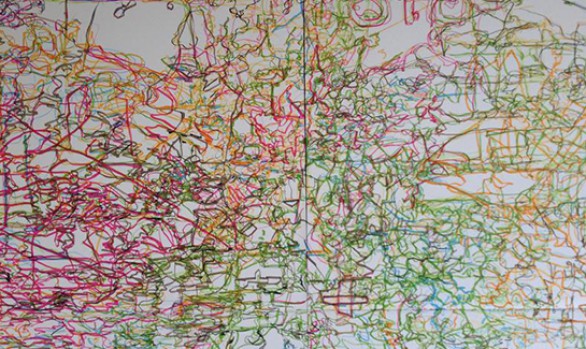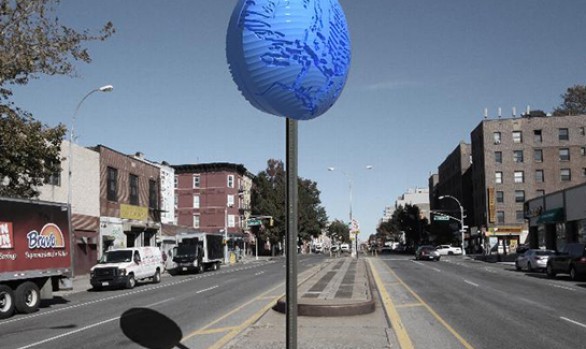COLLABORATIVE PROJECTIONS
artA narrative account of your life would suggest a linear experience; a course of events that unfurls sequentially. But that isn’t the way life is experienced first hand, is it? No, things events and emotions pull at us from all directions simultaneously. It is infinitely complex. In the hundreds of thousands of events that take place in one moment, none of them are random. My life like yours is a weave of many paths, many interests, many events – some controlled by my own hand, others that have come to bear from somewhere else. This is what my artwork reflects upon today – a composition of ‘events’ – each with its own precision, emerging and then receding into the weave of complexity.
In the work, this complexity is formally expressed through the visual density of these drawings and prints. But it is also expressed in the process of making of the work, which involves many hands – artists, architects, students and masters. In some of the works (the Palimpsest Projections series) I have invited people to work on a collaborative drawing under a specific set of rules. The rule set is a framework, and it is necessary to allow for a consistent language throughout the development of an individual work. Ironically, it is the rule set – which at first may feel a limitation to the individuals who work on these pieces – that provides the resistance that allows for more expressive mark-making. Of the two larger works you see here, one is created with students from an architecture school in New York City and the other is created with students from an art school in Beijing.
The other works (the Contemporary Archeology series) are intaglio prints that have an image created from hundreds of architectural renderings. The prints have been cut, and collaged: The same plate has been printed multiple times. The prints have then been cut into shapes of navigational markers – and then layered, so that the lines of the background are continuous throughout the collage, and the image emerges only as a value shift from the complexity of the background. Forget what you learned about “stepping back” from a painting and step toward the Contemporary Archeology series prints until your eyes lose their ability to focus. From this distance you will be able to appreciate the depth of information in the works.

